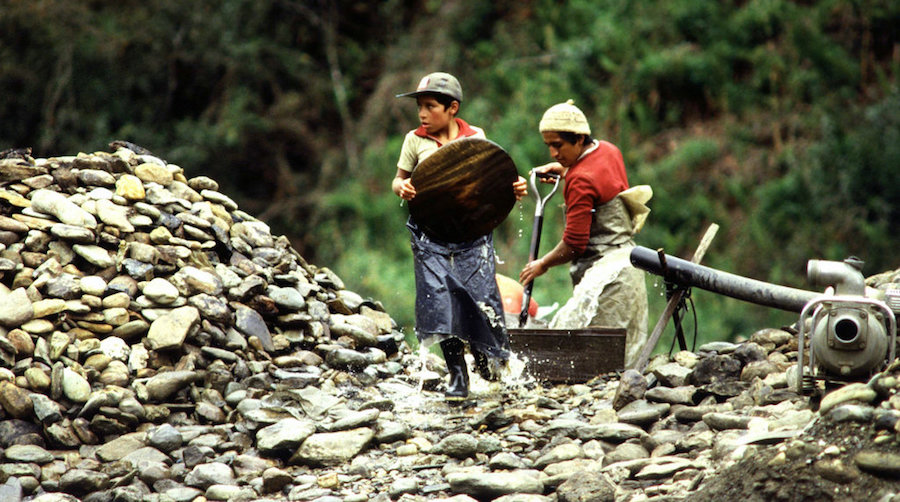
Researchers at Flinders University in Australia published a study where they demonstrate how a canola oil polymer, when combined with sulphur, can trap mercury metal, mercury vapour and highly toxic organo-mercury compounds.
Mercury and mercury-containing materials are commonly used in small-scale mining operations to extract gold from ore. However, the liquid element is also employed by many chloralkali plants and in certain farms as fungicide.
By combining second-hand cooking oil and sulphur – a common, low-cost byproduct from petroleum production –, the scientists were able to produce a new kind of rubber-like polymer capable of absorbing mercury pollution in soil, water and even the air. The novel substance even changes colour to indicate it has done its job.
“Because our mercury-capturing material is made from waste, our goal is to provide a cost-effective and technically simple material for cleaning up mercury pollution at gold mines,” said lead-researcher Justin M. Chalker in a press release.
Artisanal mining is the largest producer of mercury emissions worldwide and, according to the United Nations Environment Programme, mercury rich tailings and exposure to mercury vapour threaten the health of nearly 15 million people involved in this field of work.
“This pernicious problem,” Chalker said, “is causing brain damage and loss of IQ points in unborn children.”
The scientist’s mercury-binding polymer is already licensed for sale to Kerafast, a US-based reagent company. Meanwhile, the Flinders University team that created it is raising funds to develop a pilot reactor and production plant in South Australia.